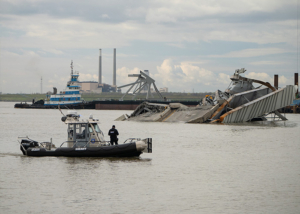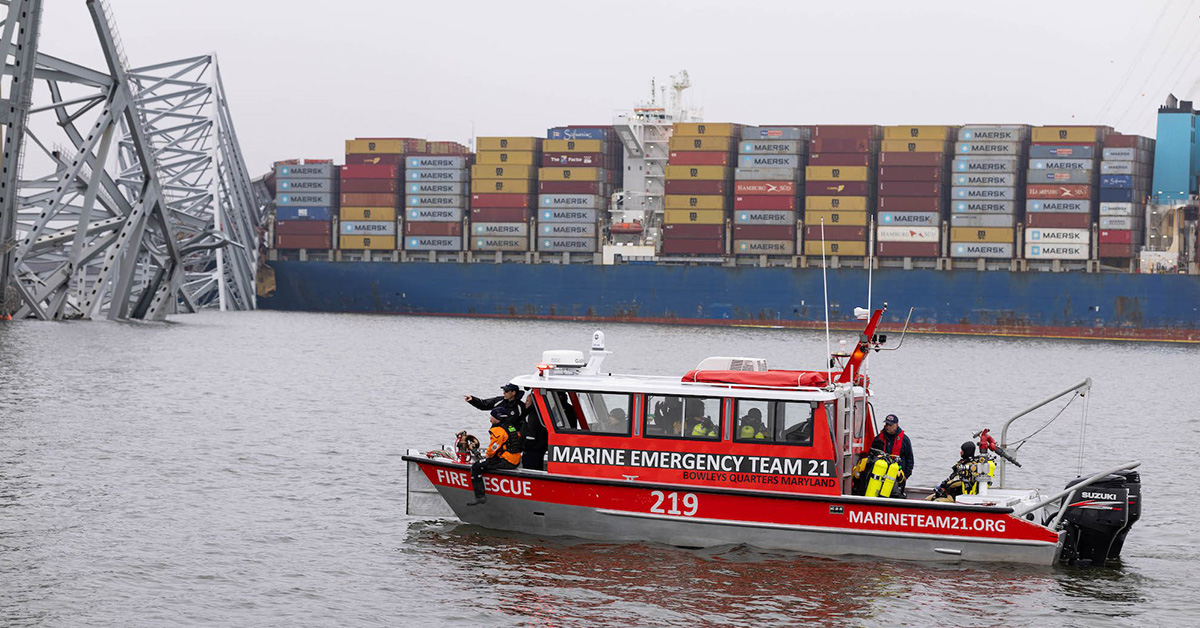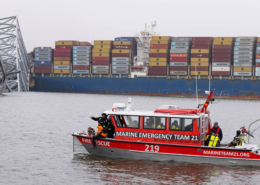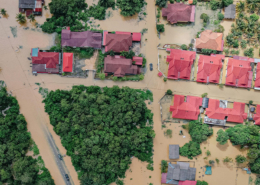Public Safety Diving Key to Baltimore Bridge Collapse Response
Following the devastating collapse of the Francis Scott Key Bridge in Baltimore, Maryland, the response from highly trained public safety divers highlights the crucial role that specialized training plays in managing underwater recovery operations. The catastrophic event, which was triggered by the cargo ship Dali striking the bridge, underscores the critical importance of preparation and skills in emergency situations.
Extreme Conditions Challenge Public Safety Divers
The site of the bridge collapse presents one of the most challenging environments possible, with conditions of nearly zero visibility where divers must navigate through a massive 50,000 tons of debris. Visibility underwater can be less than eight inches, mimicking the darkest scenarios often simulated in advanced public safety diving training. These conditions require divers to rely heavily on their training in tactile navigation and other non-visual cues, skills that are essential for safe and effective operations in such hazardous environments.
Techniques for Effective Underwater Recovery
In response to the dire visibility, divers employ techniques adapted for feel rather than sight. As described by local law enforcement divers, navigating in such environments is akin to moving one’s arms “like a windshield wiper.” This technique, developed and refined in training, allows divers to orient themselves and avoid obstacles without visual cues. Training exercises often include practicing in blacked-out conditions, preparing divers to operate effectively even when visibility is completely obstructed.

Photo By: Defense Visual Information Distribution Service
Collaboration Across Agencies’
The recovery operation involves a collaboration among multiple agencies, including the U.S. Coast Guard, the U.S. Army Corps of Engineers, and the Maryland Transportation Authority. These teams are coordinated from a command center strategically set up at the Baltimore cruise terminal. ERDI was actually founded as an agency due to the realization that there was a need for more standardization of procedures with the emphasis of the importance of such interdisciplinary cooperation in its programs, ensuring that divers are prepared to work effectively within large-scale emergency response frameworks.
Impact and Continuing Education
As the operation to recover the victims and collect any remaining items of evidentiary value continues, the importance of ongoing professional development and training in public safety diving becomes ever more evident. The tragic loss of six workers during the collapse adds gravity to the divers’ mission—recovering the victims and providing closure to families.
This challenging operation not only tests the skills of the divers involved but also reinforces the essential nature of comprehensive training in public safety diving. By preparing divers to face extreme and unpredictable conditions, public safety diving training organizations ensure that when disaster strikes, the response teams are not just reacting—they are responding with competence, preparedness, and precision.








 Photo By: Defense Visual Information Distribution Service
Photo By: Defense Visual Information Distribution Service
Tinggalkan balasan
Ingin bergabung dalam diskusi?Silahkan berkontribusi!